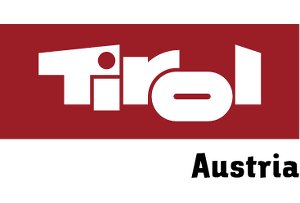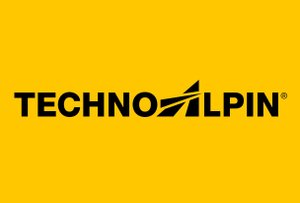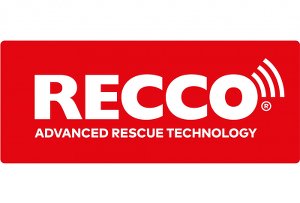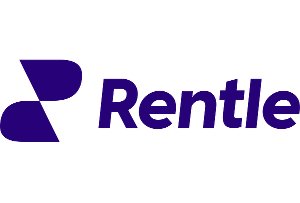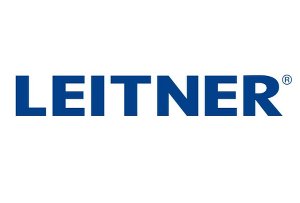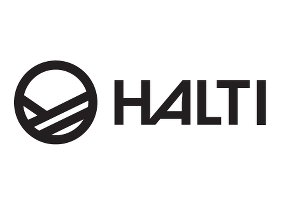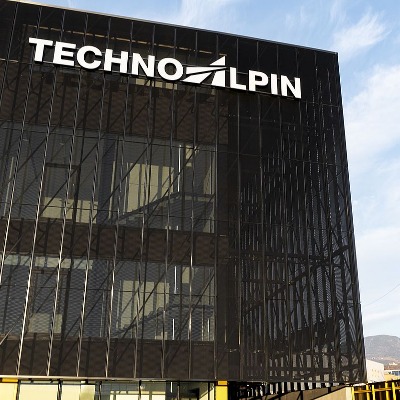ARENA Highlights Efficiency As A Success Factor
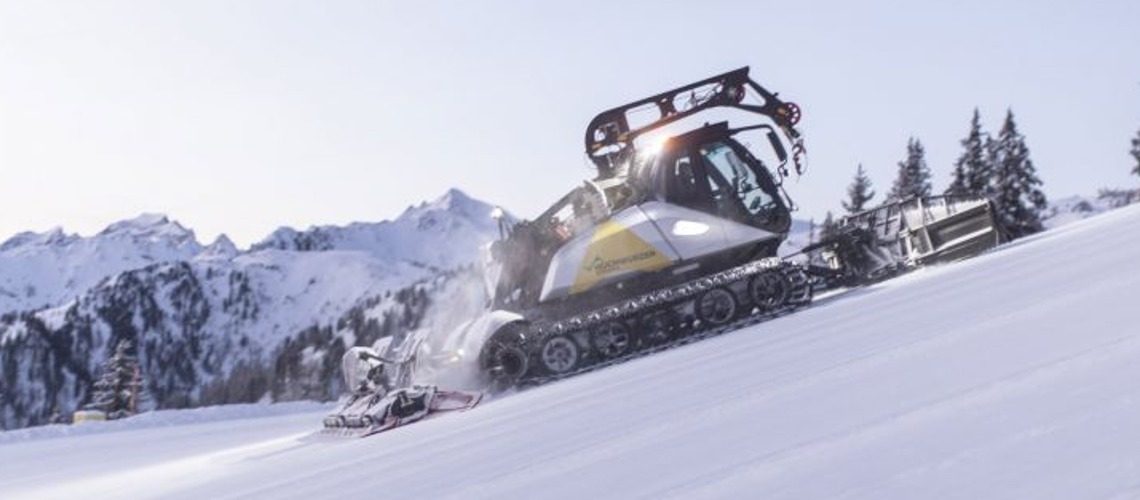
aster, higher, further – that was the motto in winter sports for many years. But the efficient design of processes in ski resorts is increasingly seen as a success factor. In doing so, it is particularly important to look for major opportunities to increase efficiency in small areas. Because in the large “ski resort organism,” there are processes everywhere that may seem insignificant individually, but have a huge impact on the functioning of the whole. The sum of these processes is essential for overall performance. Just as well-functioning processes have a positive impact on the overall result, faulty or inefficient processes can have negative consequences. The trick is to carry out all activities in the ski resort in the most resource-efficient way possible and to coordinate them optimally.
1. Slope management – the big picture
Slope management is much more than simply coordinating snow guns and piste grooming equipment. Modern piste management encompasses all processes necessary for maximum snow reliability and optimal piste quality. The piste should be viewed as the heart of the ski area, which – like any organic heart – is closely linked to and dependent on the work of many other organs. Slope management therefore means more than just daily snowmaking and grooming. It also means strategically preparing for difficult weather conditions, avoiding breakdowns through anticipated infrastructure maintenance, and a well-functioning rescue service to ensure the greatest possible sense of safety on the slopes. All of these factors contribute to using resources as efficiently as possible, saving costs, and offering guests the best possible experience.
2. Data analysis and processing
The foundation of modern piste management is the use of collected data from the ski area. This data is collected from many locations and should be utilized and valued as effectively as possible. The basis for this is current terrain data in the form of a terrain model. This serves to clearly display all events with geographical location in the ski area, but also as a user interface for efficient piste maintenance. However, terrain data can also be directly utilized, for example, by using it to quickly create and transmit plans for construction projects or to create maps for tourism use.
3. Snowmaking & Preparation
The greatest potential for saving natural resources such as water and electricity lies in efficient technical snowmaking and preparation. Professional data analysis not only determines the optimal times for snowmaking, but also the ideal positions and orientations of snow guns in the terrain. In some cases, savings of up to 30% in water and electricity are possible. Likewise, long-term data series can be used to create master plans that provide action guidelines for every weather scenario in order to guarantee snow reliability at all times. This allows snowmaking to begin early in the fall and maintain the snow cover well into the spring. This can extend the season by weeks and significantly boost the economic success of ski resorts.
4. Fleet management
Modern fleet management is no longer limited to simply tracking the location of vehicles. Snow groomers are now fully monitored, enabling intelligent route guidance with drastically reduced fuel consumption. Furthermore, by recording operating hours and wear data, maintenance work can be planned as needed and unexpected breakdowns can be avoided. Overall, this results in optimal fleet operations, significantly reducing machine wear and downtime, lowering fuel costs, and making the entire fleet more streamlined and efficient.
5. Slope safety and piste rescue
However, with all the efficiency improvements, one aspect should not be overlooked: slope safety. This, too, is part of the bigger picture and can be further improved with technological tools. For example, through digital logging, which allows operations to be better coordinated and hot spots to be identified and effectively defused. Likewise, digital rescue tools significantly increase the settlement rate and simultaneously guarantee legal certainty in disputes. Indirect costs from legal disputes or proceedings are thus avoided right from the start.
From the big to the small
The list of individual processes that can be optimized in slope management could go on for a while. But one thing is certain: to bring about major changes in the ski area, it is advisable to look for opportunities on a small scale. After all, the latest infrastructure or maximum snow output is not always the right option. Rather, the coming years and decades will be about making slope operations as efficient as possible in all areas in order to remain economical and competitive despite current challenges.
ARENA slope management
With innovation and vision, ARENA Piste Management supports ski areas in mastering future challenges and remaining attractive and profitable in the long term.
All information about ARENA's range of services can be found here

